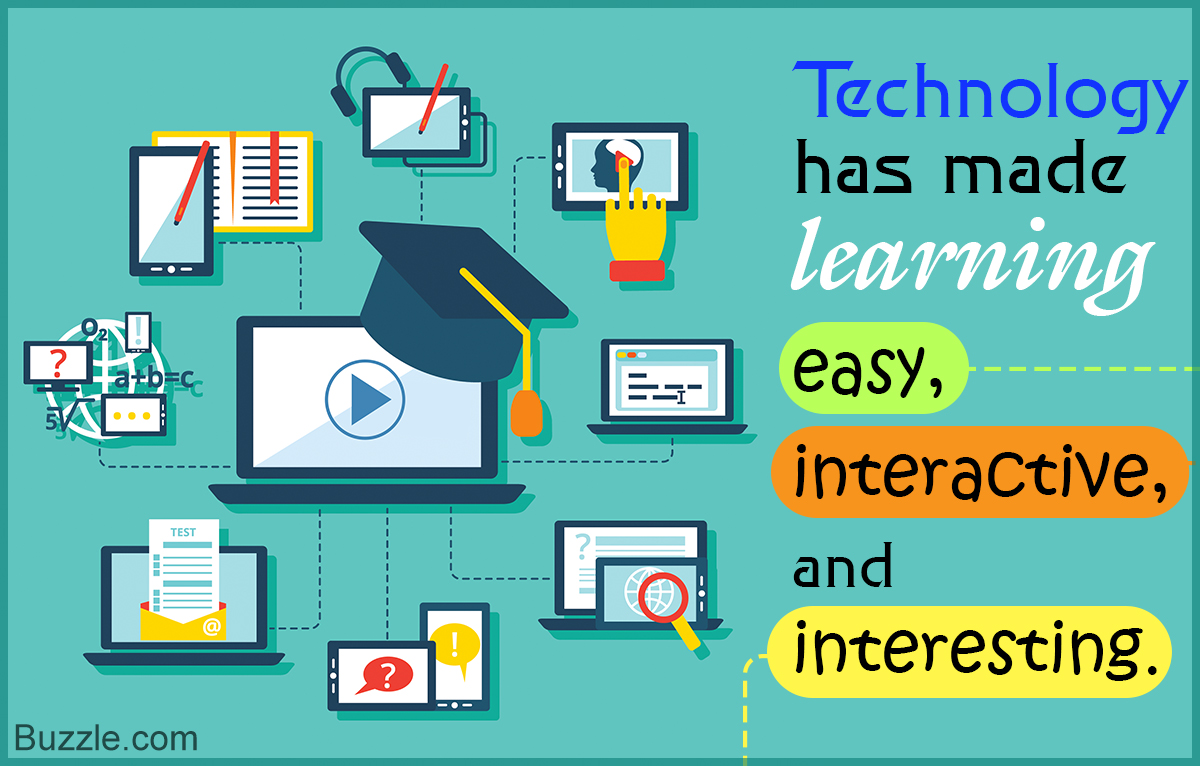Blitz News Digest
Stay updated with the latest trends and insights.
Is Your Classroom Ready for a Digital Makeover?
Transform your teaching space! Discover essential tips for a digital classroom makeover that boosts engagement and enhances learning.
10 Essential Tools for a Digital Classroom Transformation
In today's educational landscape, effectively leveraging technology is crucial for enhancing learning experiences. Digital classroom transformation can be achieved through a variety of tools designed to support teachers and students alike. Here are 10 essential tools that every educator should consider:
- Learning Management Systems (LMS): Platforms like Google Classroom or Moodle facilitate course management, streamline communication, and enhance collaboration.
- Interactive Whiteboards: Tools like SMART Boards promote engagement through interactive lessons that can incorporate multimedia.
- Online Assessment Tools: Applications such as Kahoot! or Quizizz allow educators to create dynamic quizzes that provide immediate feedback.
Moreover, incorporating tools that cater to diverse learning styles can significantly improve student outcomes. Virtual Reality (VR) tools provide immersive experiences that bring subjects to life, while collaborative platforms like Microsoft Teams help foster teamwork among students. Other essential tools include:
- Video Conferencing Solutions: Zoom or Microsoft Teams enable remote learning and interaction.
- Digital Note-taking Apps: Tools like OneNote and Evernote support organization and productivity.
- Content Creation Tools: Canva or Adobe Spark allow students to express their creativity in assignments.

How to Assess Your Classroom's Readiness for Digital Learning
Assessing your classroom's readiness for digital learning is crucial for creating an effective learning environment. Start by evaluating infrastructure such as internet connectivity and availability of devices. Consider conducting a survey to gather feedback from students and teachers regarding their comfort level with digital tools. Additionally, you may want to assess the availability of resources like software and applications that can enhance the learning experience.
Next, focus on the curriculum and learning objectives to ensure they align with digital learning. Identify specific goals that can benefit from technology integration, such as collaborative projects or access to online resources. You can organize a workshop or training session for educators to improve their digital skills and engagement strategies. By taking these steps, you can effectively gauge your classroom's digital readiness and make informed decisions for a successful transition.
What Are the Benefits of a Digital Makeover for Educators?
A digital makeover for educators can lead to numerous advantages that enhance their teaching experience and improve student engagement. One of the primary benefits is increased efficiency; by adopting modern technology and digital tools, educators can streamline lesson planning, grading, and communication with students and parents. This not only saves time but also allows for more personalized instruction, ensuring that each student's unique needs are addressed. Additionally, utilizing digital resources can provide a richer, more interactive learning environment through multimedia presentations, online discussions, and virtual collaboration, making lessons more engaging and relevant.
Another significant benefit of a digital makeover is the ability to leverage data analytics to track student progress and outcomes. With advanced digital platforms, educators can analyze performance metrics and identify areas where students may be struggling. This data-driven approach allows for timely interventions and tailored support, ultimately leading to improved academic achievements. Furthermore, embracing a digital transformation fosters a culture of continuous learning among educators themselves, encouraging them to stay updated with the latest pedagogical trends and technologies, which is essential in today’s rapidly evolving educational landscape.